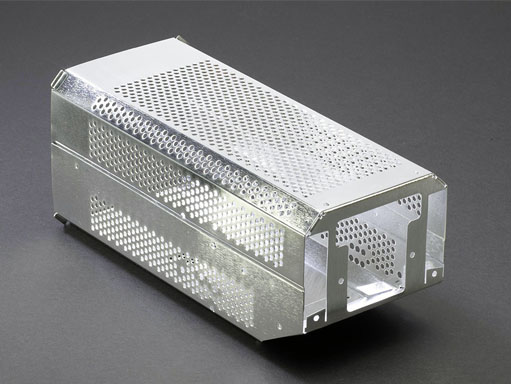Tin Plating

Type I: Electrodeposited
Type II: Hot dipped
.0001 – .00025”: Flash for solderin
.0002 – .0004”: to prevent galling and seizing .0003” min: Where corrosion resistance is important
.0002 – .0006”: To prevent formation of case during nit-riding.
IMMERSION TIN PROCESS FOR MULTIPLE PB-FREE SOLDERING AND PRESS-FIT TECHNOLOGY
Within the electronics industry immersion tin is recognized as a reliable surface finish for both PWBs and IC substrate applications. It is used in many market segments, such as automotive, communications, consumers and industrial electronics.
With more than 160 Installations, Stannatech is the mostly used immersion tin process worldwide. Stannatech can be run in vertical and horizontal mode. High bath stability combined with consistent plating quality due to the support of peripheral equipment like Crystallizer and Constannic.
Whisker growth is reduced well below IPC’s specification with the ‘Anti-Whisker Additive’ (AWA) and meets demands of the automotive industry. Surface contamination, which is critical for immersion tin baths can be dramatically minimized by using a special process step, Ionix SF. Yellowing of the tin surface due to the harsh conditions during Pb-free soldering in an air environment is avoided with PostDip 270. Ionix SF is a standard process step for Stannatech horizontal and vertical, whereas PostDip 270 is offered optionally to Stannatech Horizon.
